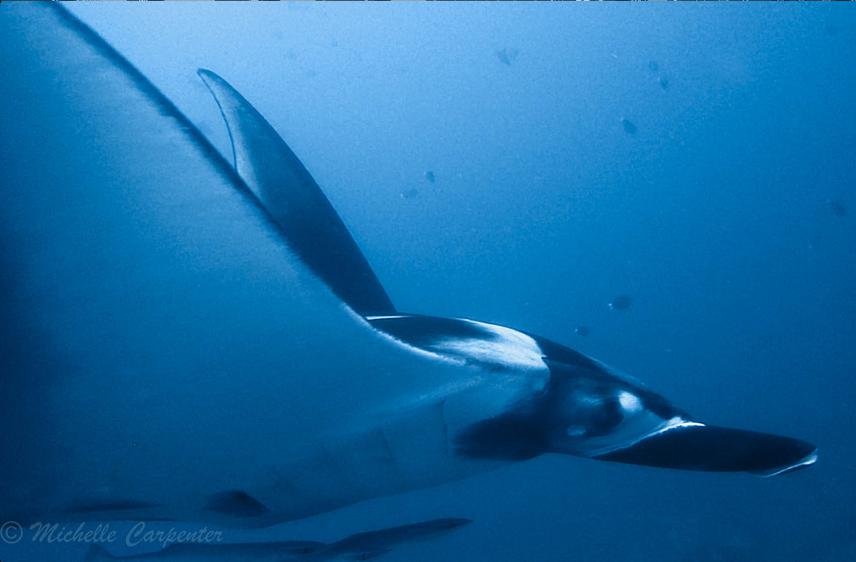Articles featuring the project.
ROVE SA - South Africa’s Diverse Manta Ray Discoveries Could Boost KZN Tourism
India Outbound - Manta ray discoveries to boost South African Tourism
Exploring South Africa's Manta Rays presents a new frontier for KZN Tourism
Tourism News Africa - South Africa’s Diverse Manta Ray Discoveries Could Boost KZN Tourism
ATTA - South Africa’s Manta Ray Discoveries May Boost KZN’s Tourism Offering
Rising Sun - South Africa’s diverse manta ray discoveries could boost KZN Tourism
MyPressportal - South Africa’s Diverse Manta Ray Discoveries Could Boost KZN Tourism
Absolute Mama - South Africa’s Diverse Manta Ray Discoveries Could Boost KZN Tourism
Green Economy - South Africa’s Diverse Manta Ray Discoveries Could Boost KZN Tourism
Accidents - South Africa’s Diverse Manta Ray Discoveries Could Boost KZN Tourism
Ground News - South Africa’s Diverse Manta Ray Discoveries Could Boost KZN Tourism
